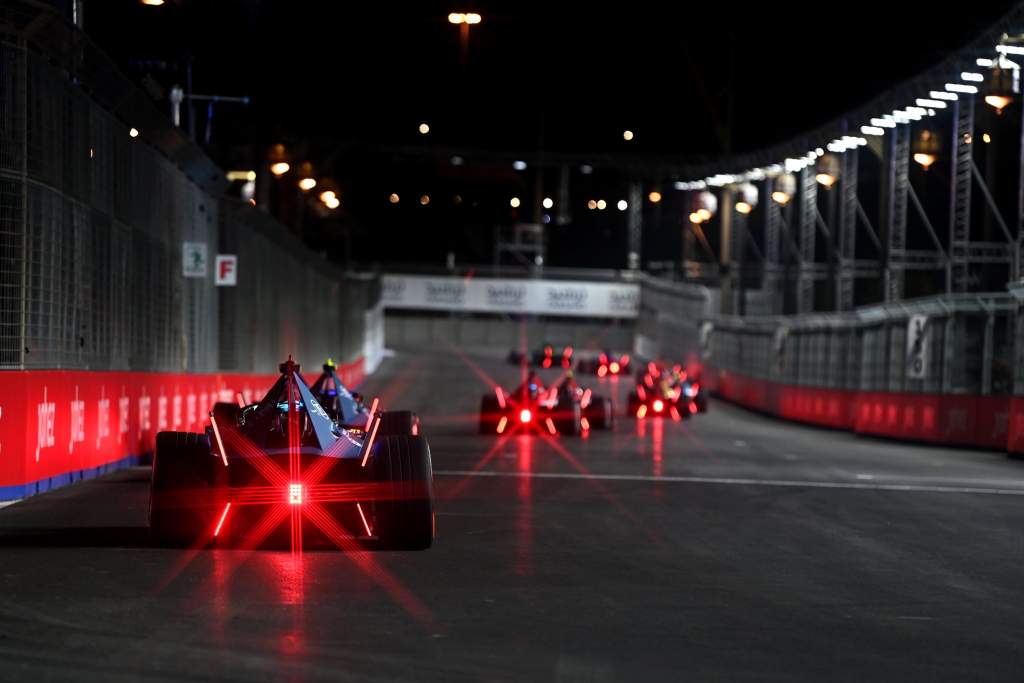“We must use time as a tool, not as a crutch.” So said one of the 20th century’s most famous figures, John Fitzgerald Kennedy.
Extrapolating that into the present Formula E hot potato of its complex, fascinating and sometimes maddening Gen3 project is like folding a broadsheet newspaper in a ferocious crosswind right now.
Whether the greatly heralded Gen3 Formula E car is a letdown is a giant multi-faceted debate that could be argued either way.
But what isn’t up for discussion right now is one cold fact that the first true competitive comparison between the old era and the new one gave us.
In Diriyah, the Gen3 car was, despite being more powerful and lighter, slower around the same circuit, at the same times of the day and in more beneficial cooler temperatures, than Gen2.
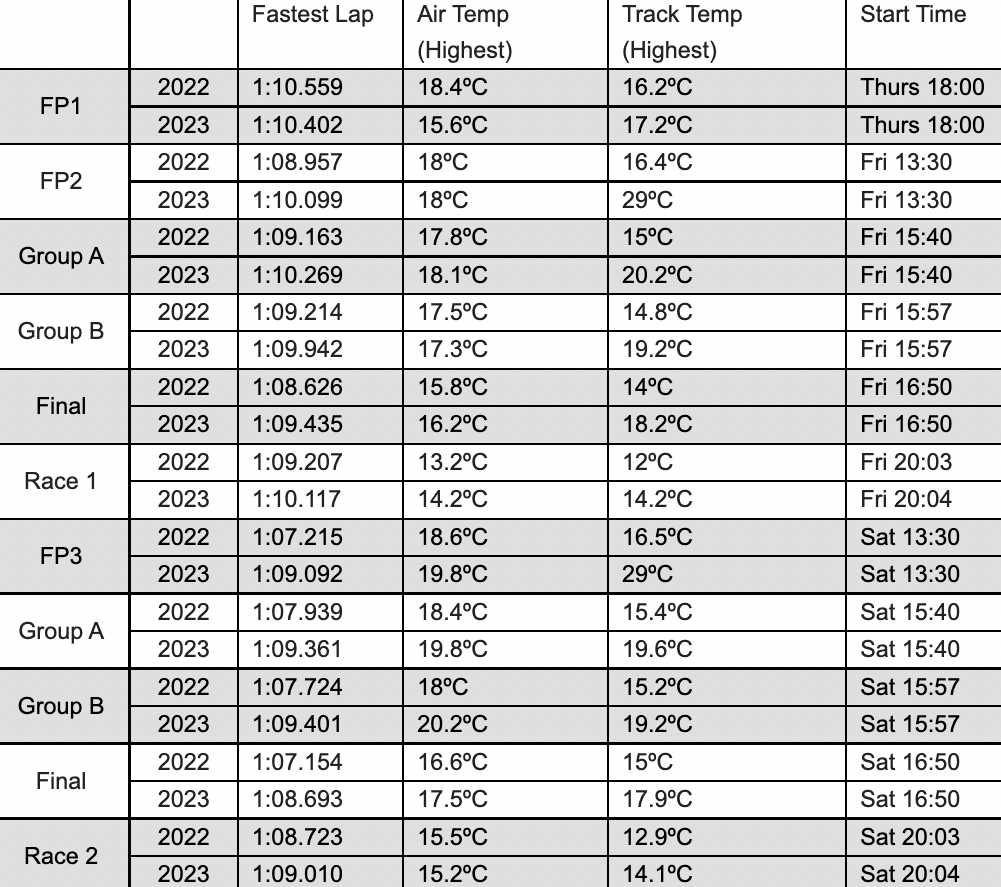
On average, as this table evidences, across all 11 sessions between Gen2 and Gen3 was a mean gap of +1.031s.
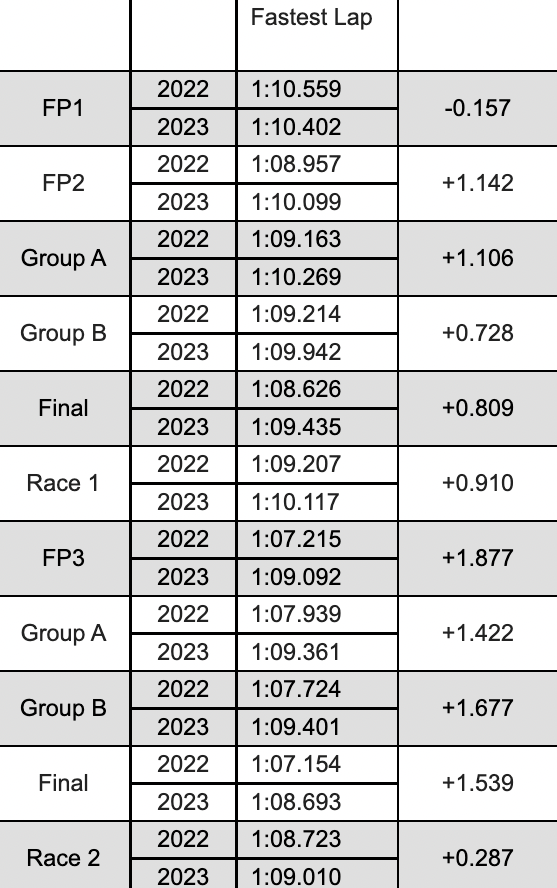
The most startling swings were in the qualifying groups on the Saturday when the track was perhaps at its best from an out-and-out pace perspective. Group A was 1.4s off and Group B 1.6s in arrears.
The only one of the sessions of the 11 held across last weekend in Diriyah that favoured the Gen3 cars was the first free practice session, which was likely down to two factors.
Firstly, there was an extended shakedown session of 30 minutes shortly before it had taken place. Secondly, the excavations around the circuit had largely ceased this year, meaning that the track was less dusty than in 2022.
The Gen3’s fastest lap was 0.1s better there yet this was the only time over the whole weekend it was quicker. And bear in mind Gen3 was touted by Formula E chiefs as being significantly faster than Gen2, and that in terms of car spec it really should be.
The greatest factor behind the lack of pace is clearly the tyre spec from new supplier Hankook.
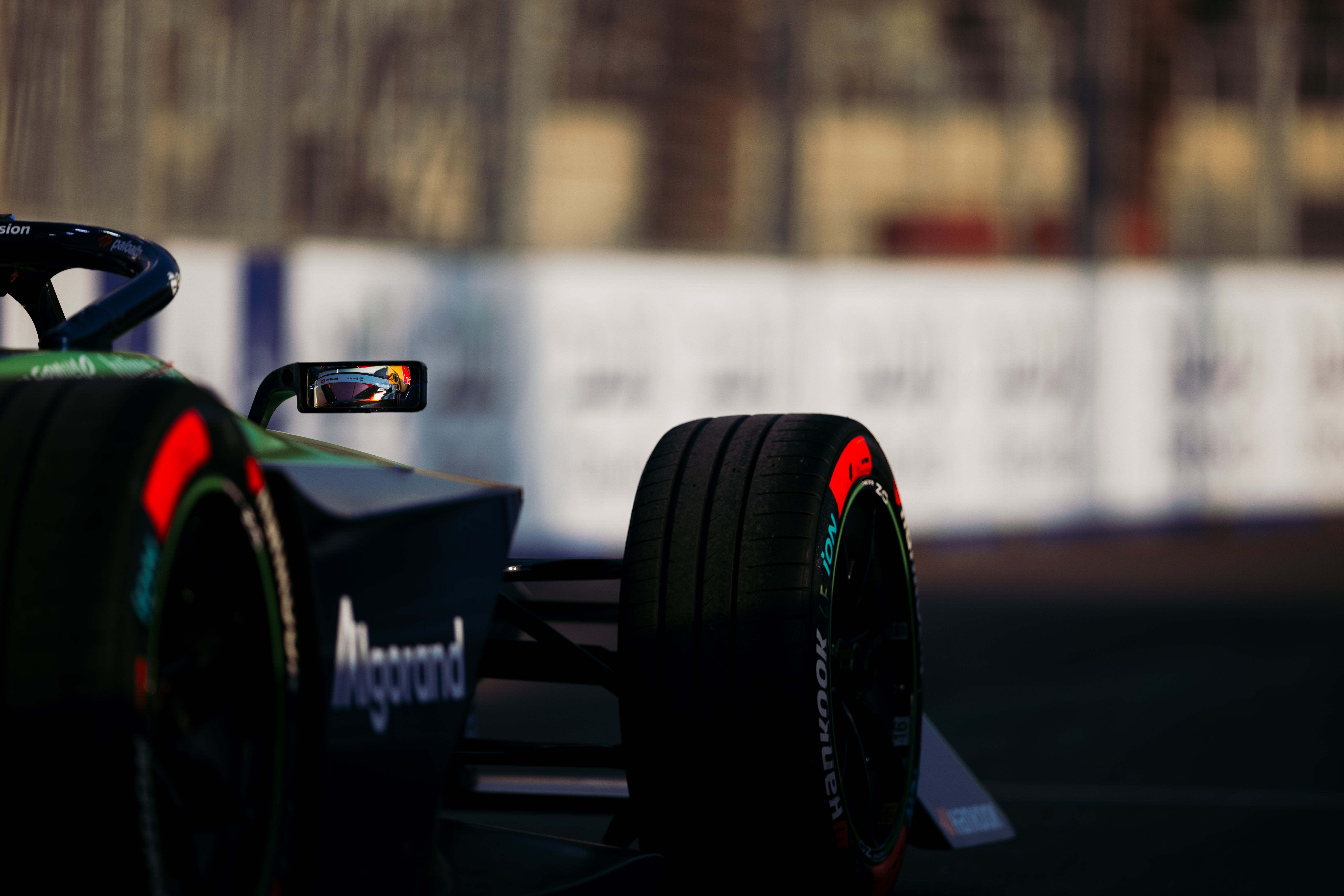
But it is important to explicitly point out that Hankook takes little if any blame. That is because it designed and manufactured the tyre to a specific brief from the FIA and Formula E, and it delivered it diligently and in a technically sound manner.
Clearly the tyres cannot support the longitudinal and lateral loads of the Gen3 design in a way that can deliver the target laptimes that should be achievable but are not because the traction and braking are hamstrung.
Controlling the spec is the overriding key topic here so in a sense the basics seemed wrong from the beginning. This is where lessons will be learned for the next full generation of cars in Gen4, which is beginning to be scoped-out right now.
There is a suggestion from some in the paddock that, before Gen4 is properly tucked into, a root-and-branch investigation needs to take place as to how things went wrong with the Gen3 project on a wide variety of topics across the actual spec, the range of battery cell and reliability issues, parts supply, knock-on effect of fast-charging delay, mirrors… the list goes on.
Lessons are there to be learned and that is what will happen for Formula E, as it sets itself to stabilise before hopefully benefitting from an evolved version of the Gen3 car that is due to come into being ahead of the 2025 season.
A pertinent question to ask is – did Gen3 cars really need to be quicker anyway?
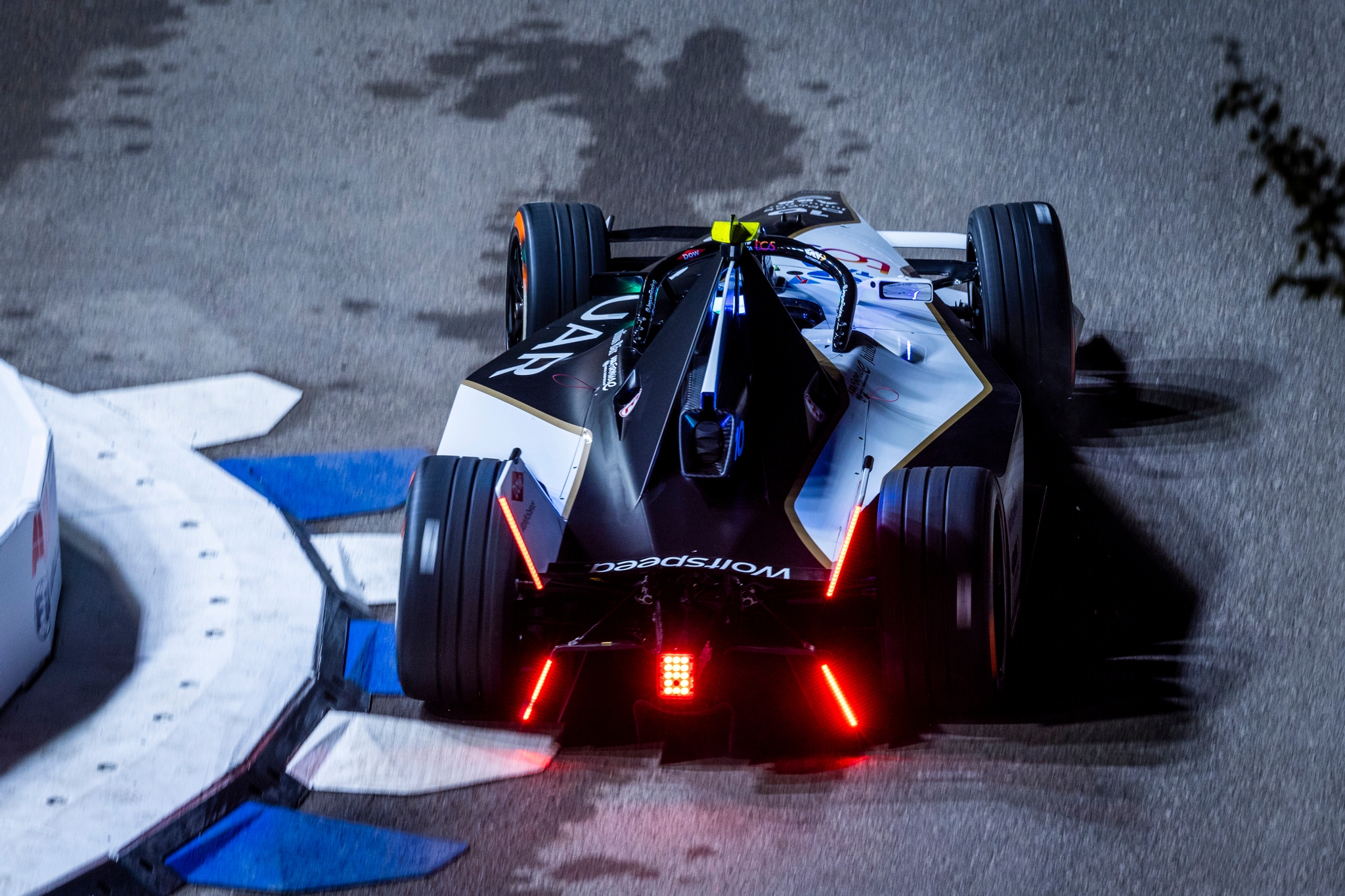
It might well be that this season at some tracks with more straightline braking and less angular braking zones the pace will be on a par with Gen2. But equally other tracks will highlight the discrepancies all over again.
Before the Gen3 properly hit the test tracks the talk was of significant improvements in laptimes. That is a matter of record, including Formula E’s own CEO Jamie Reigle stating in the media last year that “we’ll go five, six, seven seconds a lap quicker”.
Such predictions went hand in glove with discussions around modifying tracks for safety reasons because escalations in speeds and laptime gains would be so great. That certainly doesn’t seem necessary now.
But actually, does it make any difference to the consumers of Formula E content – the fans and the viewers?
Maybe it doesn’t. The racing is still exciting and it creates stories and strategies that other series dare only to dream of. Once the fast-charging addition is made to the sporting landscape then it should provide an additional mainline of highly-charged excitement.
But what about the manufacturers and team owners who invest in the championship to evidence their electric engineering prowess for track-to-road crossovers?
This could be the tricky part of the equation to explain away.
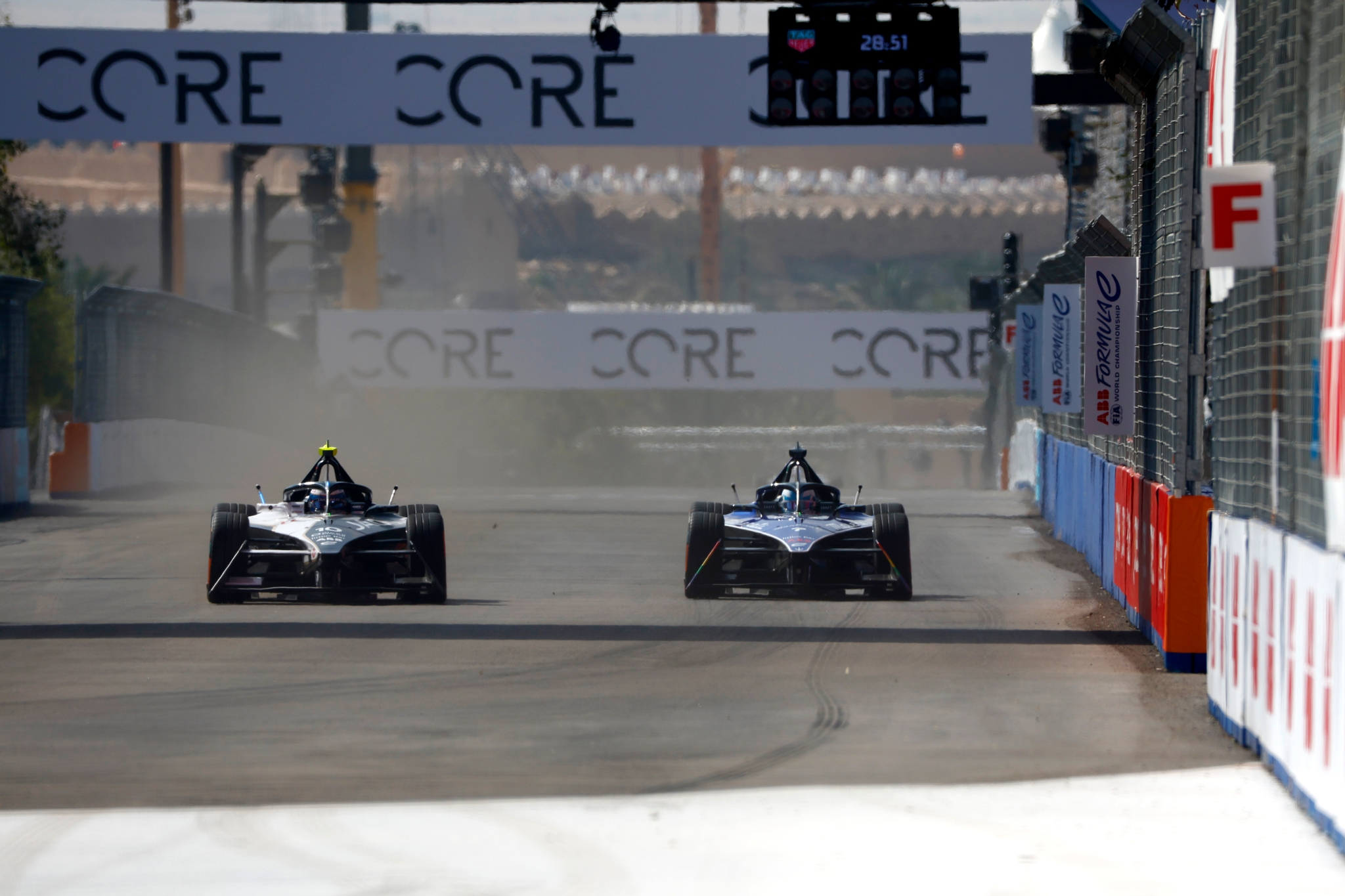
Manufacturers could possibly cope with the pace not being as expected if the eyeballs upon Formula E multiply rapidly season upon season. But Formula E hasn’t been able to prove that enough recently, certainly not to the extent the manufacturers would like anyway.
So if the car is not being shown to improve in outright speed then it provides a thorny subject that is hard to defend.
One extrication manoeuvre that could be exploited is that the Gen3 Formula E car – despite all the issues around the build-up – does still have some extraordinary engineering stories to tell.
These include a battery that is 25% smaller than the previous one, supplies 600kW of recoverable energy and which goes the same race distance as its heavier predecessor, and a great sustainability message around materials.
But here’s the thing. There is always still a great deal of emphasis on speed, whether you think it matters or not.
At the Goodwood Festival of Speed last June, The Race founder and my colleague Andrew van de Burgt and I were hanging out at the Mahindra awning where the brand new Gen3 was on display alongside its Gen2 counterpart.
Mahindra mechanics and PR staff were being asked a time-honoured question over and over again – ‘How fast does she go?’.
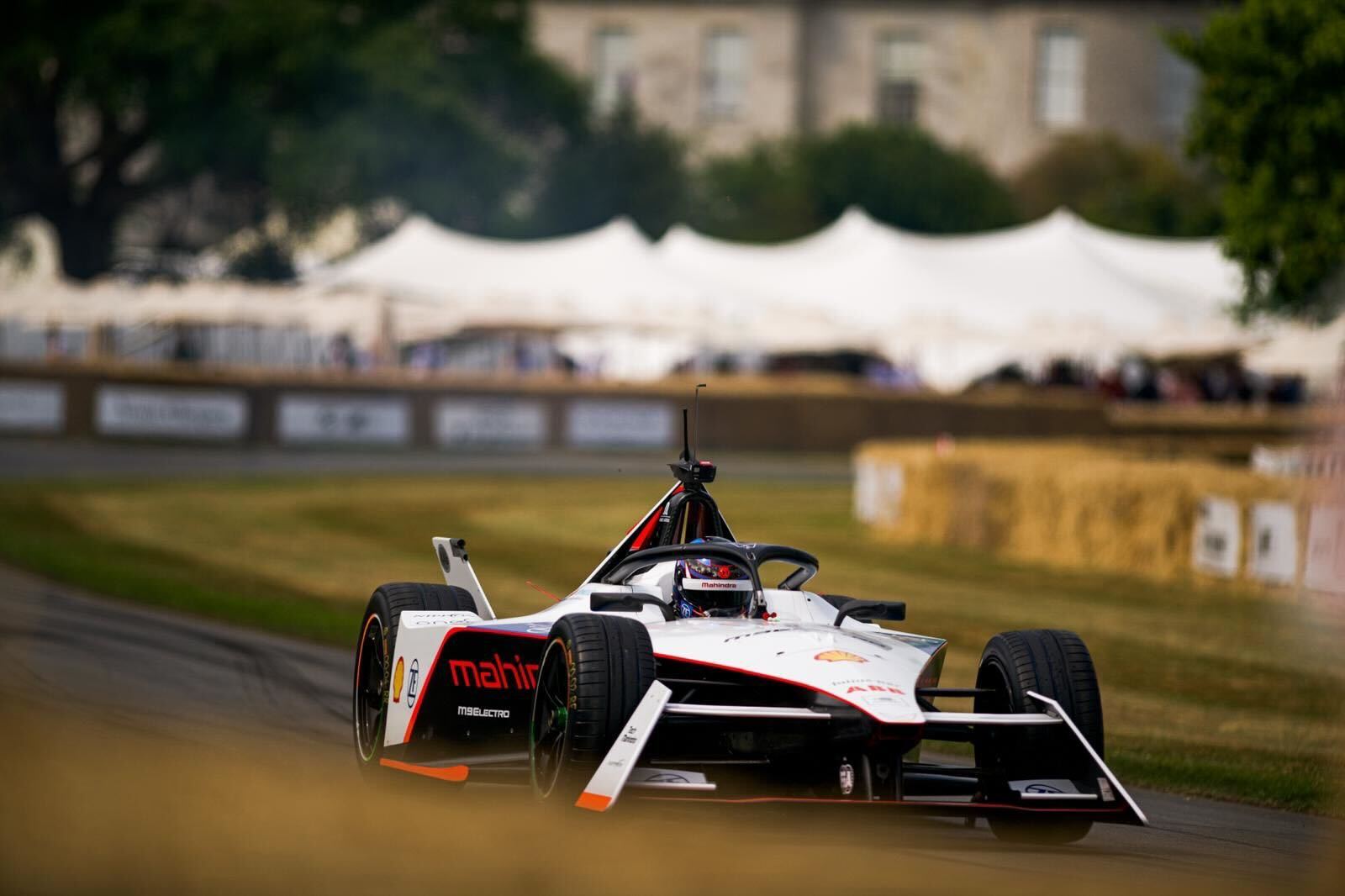
It is human nature to go faster and motorsport obviously manifests that viscerally and immediately because it’s at the core of its DNA. Not everyone gets the bigger picture, especially a new fan pool that is out there and that Formula E is tapping into.
Bluntly, if the punters and investors are told the cars will do 200mph and be five-to-seven seconds faster than the previous cars, then they expect that to be delivered.
The racing in Formula E is excellent, no one can deny that. Despite fears that overtaking would be much more difficult in Diriyah last week the positions gained statistic in race one was 46, up five on last season.
Again, it really shouldn’t matter how fast the car goes. Except it does, for the reasons detailed above.
At least the narrower and shorter cars look visually quicker on TV screens despite their relative lack of pace. It’s like an optical illusion around confined street tracks that the smaller dimensions give off.
So, with this, the good quality of racing and the strategic addition of fast-charging pitstops, the Gen3 sums not adding up may turn out not to matter.
Time will tell on that, although time could be a very precious commodity in all senses of the word for Formula E. At present it seems unsure if, in the words of JFK, it indeed has ‘a tool’ or ‘a crutch’ in its hands with Gen3.


